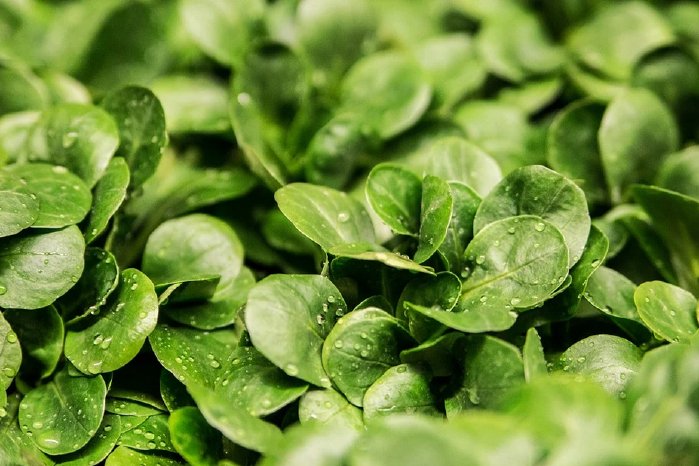Furthermore EFSA suggests that ‘bovine meat and products thereof’, ‘milk and dairy products’, ‘tap water including well water’ and ‘vegetables, fruit and products thereof’ are the main sources of STEC infections in the EU/EEA, but a ranking between these categories cannot be made as the data are insufficient.
The Swiss Federal Food Safety and Veterinary Office (BLV) rates these new conclusions as “very important” regarding Swiss food safety in their risk assessment document Seismo Info 04/2020.
In addition to the EFSA pathogenicity report the German Federal Agency for Risk Assessments (BfR) recently published two documents suggesting fresh vegetables, fruits and flour as sources of STEC.
Although a high variety of food products are classified as main sources of STEC infections in Switzerland and the EU, only specific subtypes on sprouts are regulated with “Shiga toxine-producing E. coli (STEC) O157, O26, O111, O103, O145 and O104:H4” with an upper limit of “not detectable in 25g” product.
If the regulations will be adapted is not clear at this state, but it is regulated in general that only safe food products are allowed to be marketed, which takes food producers and distributers into main responsibilities.
Especially ready to use food products are of high risk. These are products that are not core heated at +72°C for 2 minutes before consumption such as raw dough, raw vegetables and fruits, salads, herbs, sprouts, raw meat, raw milk, raw cheese and all products that can be contaminated from tap water and well water.
Would you like to test your products?
Tentamus Helvetia offers a screening for Shiga toxine-producing E.coli (STEC/EHEC/VTEC) in 25g according to DIN CEN ISO/ TS 13136:2013-04 via RT-PCR with a distinction between the subtypes O26, O45, O103, O104, O111, O121, O145 and O157.



